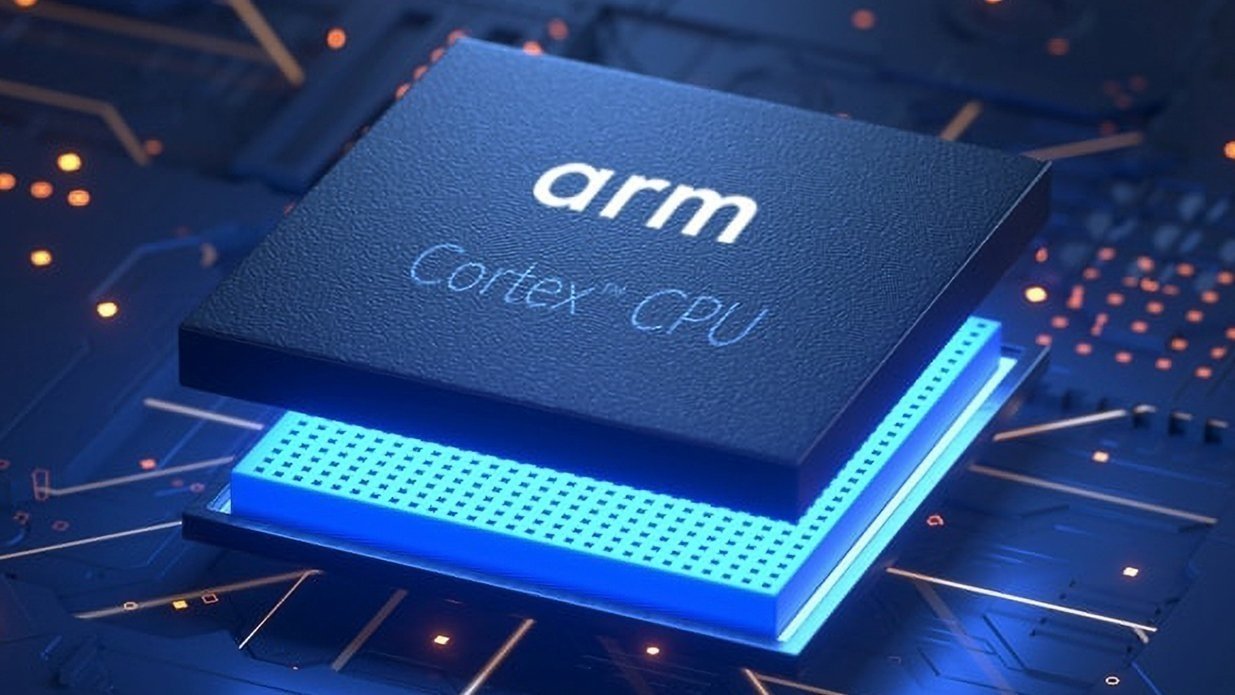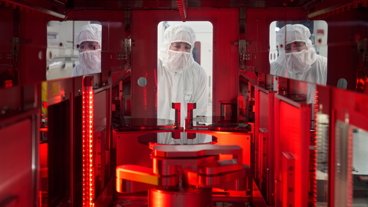Arms plan for an IPO may already be in trouble before it's even started, as a long-running dispute with its division in China could endanger Softbank's offloading of the chip firm.
Following the failure of a $66 billion acquisition of Arm by Nvidia, owner Softbank intends to spin it off as an independent entity, and list it on the New York Stock Exchange later in 2022. However, problems relating to its unit in China could derail the potential IPO.
Management issues with its Chinese division, including legal activity and a lack of transparency, are causing friction that could put off investors, reports the Financial Times.
The main problem stems from a lawsuit by joint venture head Allen Wu against Arm China, one that aims to get Wu reappointed to the Arm China board. The lawsuit is Wu's third, and was filed in September but wasn't previously reported.
The lawsuits started in 2020, after Arm China's board voted to remove Wu. Despite the vote, Wu refused to step down from the position, and continues to control Arm China.
While the lawsuits are a problem for Arm, there is a lack of detail over Arm China's financials, which could be a bigger issue. As a byproduct of the lawsuits, Arm warned in January that it couldn't verify Arm China's revenue.
In March 2021's annual report, Arm admitted it had concerns about the senior management of Arm China, such as the "appropriateness of payments in 2019 which were previously charged against profits of Arm China."
The difficulty in assessing Arm China's finances is a big problem for the IPO. According to Arm co-founder Tudor Brown, the problem is "a mess by any measure," and needed to be fixed.
"It has to be resolved," said Brown. "You can't do an IPO when 20 percent of the company's revenues aren't auditable."
New Arm CEO Rene Haas expressed excitement about the prospect of independence on February 9, with cloud computing and automotive markets viewed as areas of potentially high demand for semiconductors using ARM's chip designs.
 Malcolm Owen
Malcolm Owen







-m.jpg)






 Marko Zivkovic
Marko Zivkovic
 Mike Wuerthele
Mike Wuerthele
 Christine McKee
Christine McKee
 Amber Neely
Amber Neely
 Sponsored Content
Sponsored Content
 Wesley Hilliard
Wesley Hilliard

 William Gallagher
William Gallagher









9 Comments
So, who suppose to be the boss of ARM to make the decisions ? Softbank or China's ARM division.
Just fire everyone and shut it down.
Spin that Chine division off and let it sink or float as it's own ship.....
I think it is easier to hire a hitman than fox these Chinese legal mess.